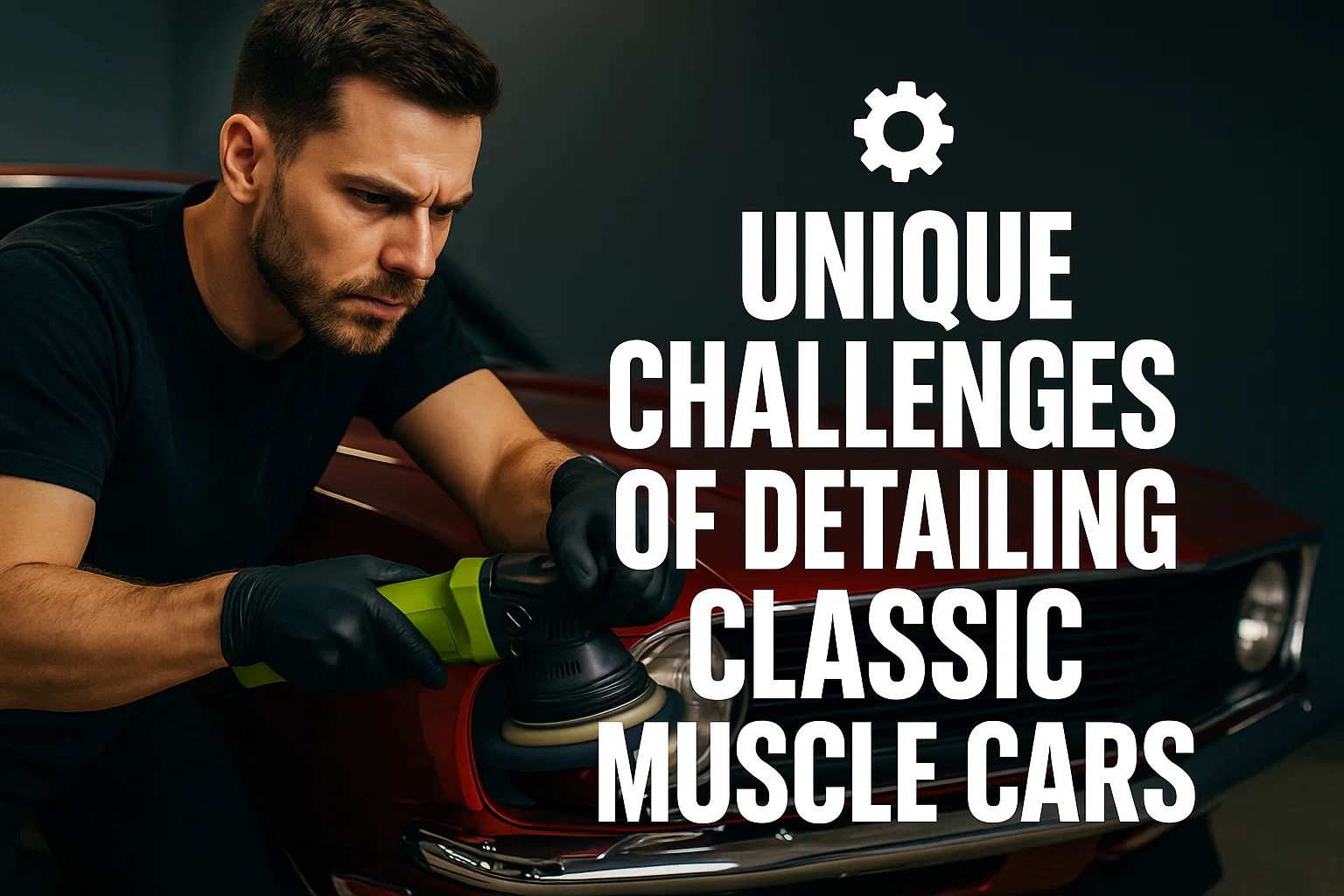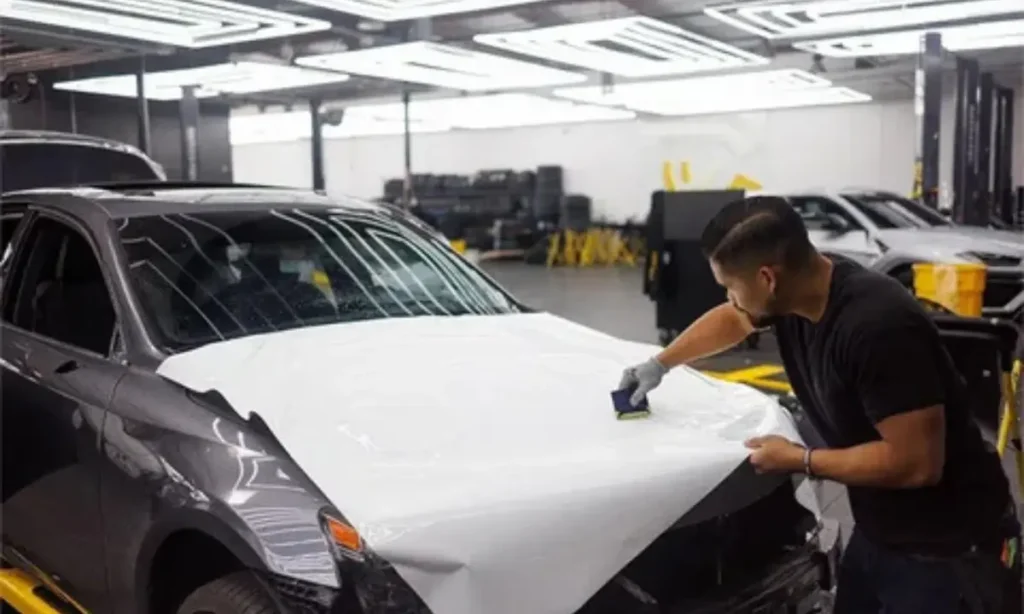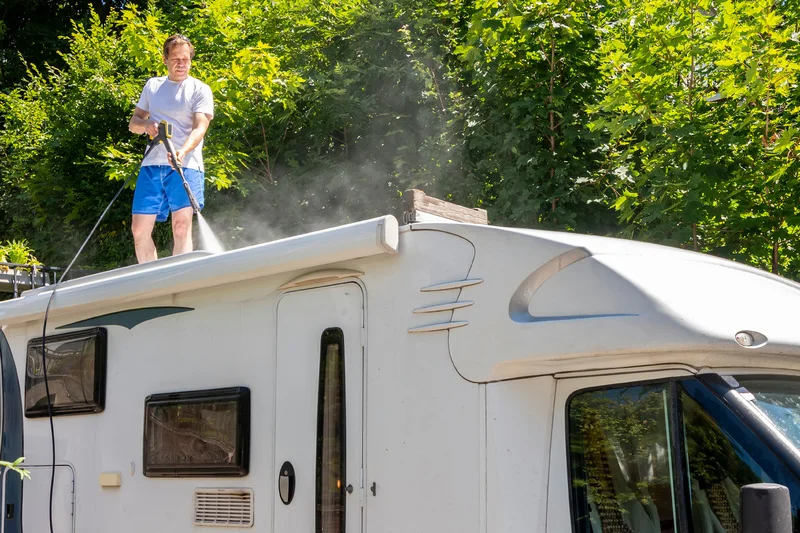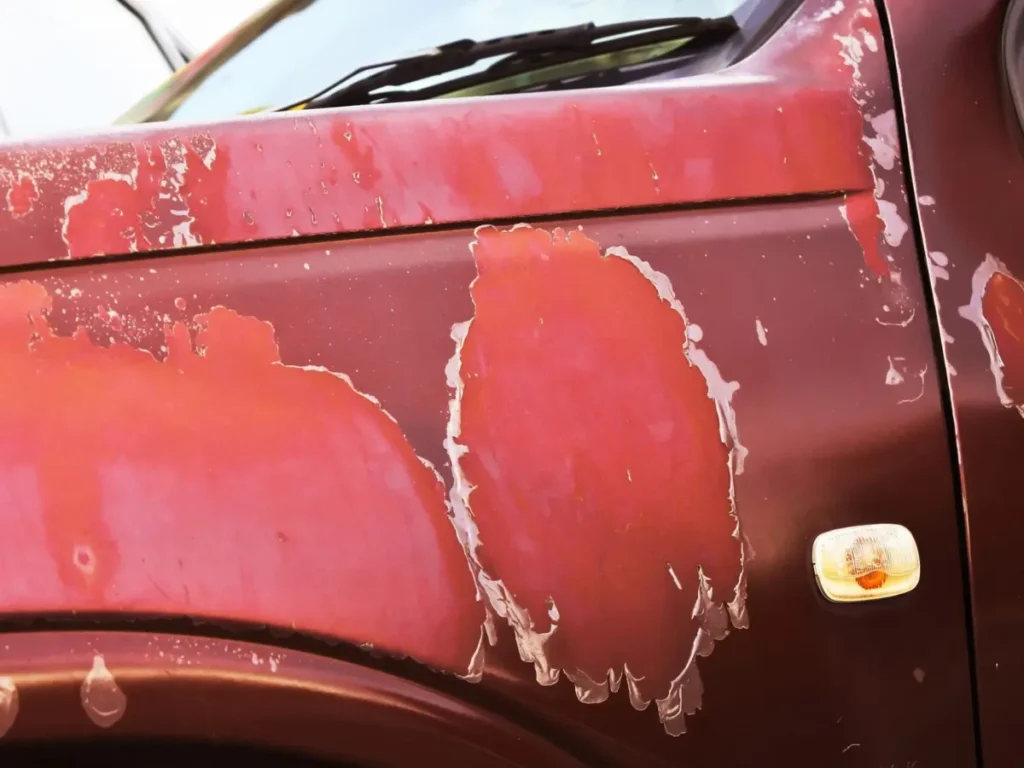Nothing is like the scream of an old fashioned muscle car. These vehicles are an example of an age of American automotive history; the smooth lines of a Dodge Charger, the confrontational nature of a Chevrolet Camaro. However age comes with its own special problems particularly in keeping them clean, polished and preserved.
Muscular car detailing does not equal modern day daily driver detailing. These vehicles tend to possess weak paint, degraded materials and even decades of wear and tear. Raising them would need patience, aptitude and understanding of their past. We shall plunge into the special issues of the process of detailing classic muscle cars and the ways of overcoming them.
Understanding the Distinct Nature of Classic Muscle Cars
What Sets Muscle Cars Apart From Modern Vehicles
Classic muscle cars were unrefined and styled in bold manner, constructed primarily between 1960-1970s. In contrast to the computerization and advanced coatings of modern cars, muscle cars may have:
- Thicker sheet metal bodies
- Simpler mechanical systems
- Hand-applied paint finishes
- Trim made from chrome, wood, or vinyl
It is due to this that they need to be elaborated upon in a gentler way.
Importance of Preserving Originality and Patina
To the collectors, originality is important. An automobile whose factory paint has worn away or has been damaged by the weather, but whose chrome trim has not been repainted, is frequently worth more than one that appears to be in fine condition but has been over-restored. Detailers should leave the character which makes these cars special without erasing.
Common Materials and Finishes Found in Muscle Cars
Muscle cars have many of the following:
- Lacquer-based paint jobs
- Chrome bumpers and trim
- Interiors made of natural leather, vinyl, or cloth.
- Wood dashboards or accents that are real.
All of these substances require particular cleaning procedures and substances.
Challenges in Cleaning and Polishing Classic Paints
Dealing With Old or Fragile Paint Layers
Lots of vintage vehicles are painted in their original color. Exposure to sun and weather may lead to fading, cracking or oxidation over the decades. These thin layers might be removed by aggressive polishing. Rather, detailers frequently turn to soft polishes and handwork.
Avoiding Damage to Factory Clear Coats
Clear coats are not even present on all older cars. Single-stage paints which demanded a lighter hand were used by many. The finish can be burnt through with modern polishing tools that have powerful compounds. Softwaxes and gentle cleansers are less damaging to save the surface.
Techniques for Restoring Shine Without Over-Restoring
Restoring does not mean that it has to look like a new one. For example:
- Clean off the surface using a clay bar.
- Use a weak glaze to restore depth without going too deep.
- Seal with natural waxes, rather than extensive synthetic sealants.
It is a matter of balance–do not make it glossy and lose its age-democratic appearance.
Handling Rust and Corrosion During Detailing
Identifying Surface Rust vs. Structural Issues
Chrome bumpers or wheel wells are often covered with surface rust. Light abrasion and rust-neutralizing products may often clean it. Structural rust, in its turn, requires professional restoration. It is the task of a auto detailer to conserve and not to restore.
Safe Rust Removal Methods for Classic Cars
- Wipe chrome with fine steel wool (0000 grade) with a lubricant.
- Use rust removers sparsely not to harm the surrounding paint.
- Always wipe the area neutral and close.
Preventing Future Rust After Cleaning
Vintage metal is the victim of moisture. Protective waxes, sealants or rust inhibitors. When storing the car; make sure it is kept in a dry place that has proper ventilation.
Interior Detailing Challenges Unique to Muscle Cars
Caring for Vintage Upholstery and Trim Materials
Old fashioned interiors are usually covered with vinyl or cloth which gets brittle after some period. Strong cleaners to be avoided–use soft soaps, or specialty conditioners, to maintain the seats soft and not cracked.
Cleaning Without Damaging Fragile Dashboard Components
The new dashboards may be distorted or go dark with extreme chemicals. Wipe with microfiber cloths and use ph neutral cleaners, do not wet the surface.
Maintaining Original Wood, Leather, and Vinyl Surfaces
Muscle cars may have maximum artificial oils since they may be covered with real wood trim or leather. Leather conditioners and wood polishes can be added without change of originality to restore life.
Engine Bay and Mechanical Detailing Considerations
Cleaning Without Disrupting Vintage Components
The car engine bays of muscle cars are showcased and may be adorned with carburetors, chrome valve cover, and custom paint. But there are numerous parts, which are fragile. Do not use high-pressure washes, use:
- Brushed on degreasers.
- Wiping towels made of microfibers to clean painted surfaces.
- Tight spot compressed air.
Handling Delicate Wiring and Older Materials
With time, rubber hoses and wiring may be brittle. Cracking may be caused by harsh cleaning or being exposed to high concentrations of cleaners. Never clean without first checking.
Using Appropriate Degreasers and Protectants
Use water based degreasers instead of solvents that are harsh. Coat rubber and plastic and follow up with plastic and rubber conditioners to avoid cracking.
Dealing With Aftermarket Parts and Modifications
Identifying Period-Correct vs. Modern Upgrades
Most muscle cars are customized by adding modern components- custom wheels, better stereo or performance additions. To select a cleaning strategy, a detailer must understand what aspects are original, and which are aftermarket.
Adjusting Detailing Techniques for Different Materials
The modern upgrades are regularly powered-coated metals, carbon fiber or synthetic leather. These need other products as compared to vintage chrome or real leather.
Balancing Restoration With Modern Enhancements
The description must also give attention to the history of the car and at the same time must give way to modernity. The difficulty is in the unfreezing of the old and the new to occur in harmony.
Tools and Products Best Suited for Muscle Car Detailing
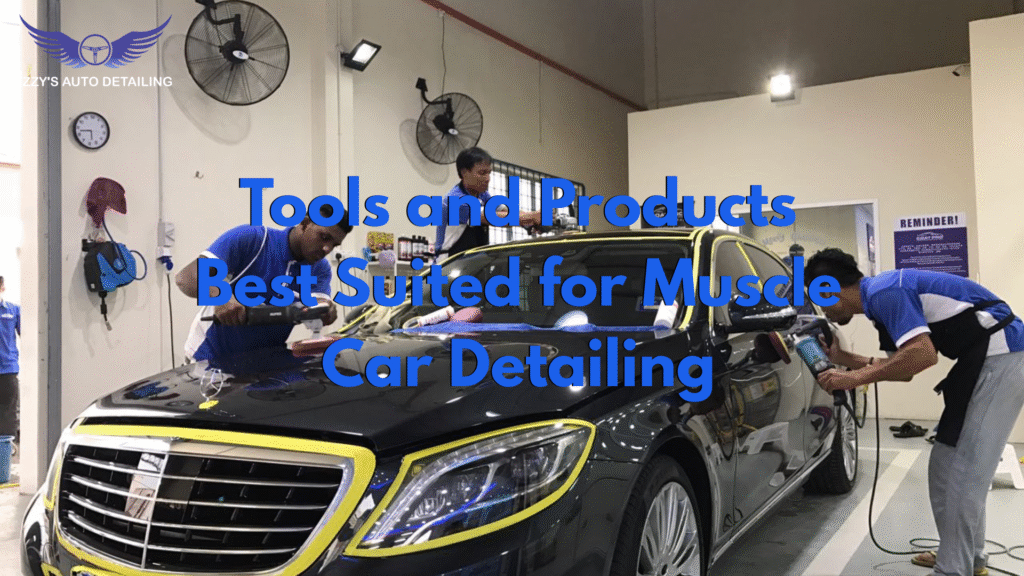
Selecting Gentle Polishes and Cleaners
Hardly soluble compounds can damage older finishes. Instead, use:
- Mild polishing glazes
- pH-balanced soaps
- Wax-based protectants
Using Microfiber Towels and Soft Brushes
Paint, chrome and old fabrics require non-abrasive equipment. Microfiber towels will not produce scratches, and soft brushes will not tear materials to clean vents and seams.
Products That Protect Without Masking Patina
The patina, or natural aging on an object, is usually appreciated by collectors. Select products that are good in terms of shine and protection without giving the car an unnatural look of newness.
Tips for Maintaining a Classic Muscle Car After Detailing
Storage and Environmental Considerations
Climate controlled garages are the best places to keep classic cars. They should not be exposed to prolonged sunshine or humid weather which helps rust and fade.
Regular Maintenance Without Over-Cleaning
The heavy amount of detailing done can cause wear to older materials. Rather, bevel dust the inside, spray on exteriors in quick detail sprays, and clean deeply once or twice annually.
Protecting the Car’s Value and Historical Integrity
Each detailing option has an impact on the price of the car. Authenticity can be diminished by over-polishing, replacement of original parts or use of incorrect products. Always strive to conserve instead of to destroy.
Conclusion
Washing classic muscle cars is not simply about washing car, it is preserving history. Every scratch, chrome trim or original seat shares a story about the car. The tools available nowadays simplify the task of detailing, but have to be applied cautiously to older materials. The most appropriate is a combination of up-to-date techniques with the admiration of the ancient art of craft. Patience is key. Be it wiping a dashboard or polishing chrome, it will take time and careful usage to make sure that the car still looks good in years to come.
To explore more professional detailing services designed for classic muscle cars, visit Izzy’s Auto Detailing. Their team specializes in preserving the beauty and history of vintage vehicles with techniques that protect, restore, and respect originality. For results that keep your muscle car looking legendary, Izzy’s Auto Detailing is your trusted partner.
FAQs
Yes, but apply carefully. Always test on a small scale and also do not over- restore surfaces.
Final polish using fine steel wool with a lubricant then polish to chrome.
In case the paint is not damaged, then preservation tends to be more valuable. Severe damage is only to be restored.
Use a mild type of leather conditioner to avoid cracking a few times in a year.
No. Do not use high-pressure water as it can cause moisture to enter cracks and rusty places.
Store it in a garage that is climate controlled and has a breathable car cover.

